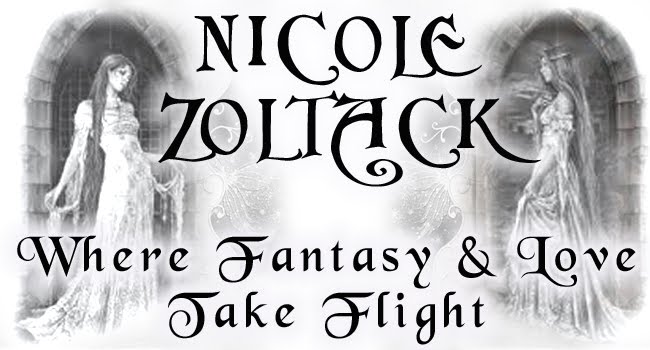Creating believeable fantasy races
 Fantasy fiction has always been rich with races—from the familiar dwarves, elves, and hobbits, to more outlandish examples such as the Chitare and Thrugs. While readers want to be taken away to a world of wild imagination, they insist on that world being believable. So how do you create an entire race that doesn’t exist, yet keep it logical? Here are four things to keep in mind.
Fantasy fiction has always been rich with races—from the familiar dwarves, elves, and hobbits, to more outlandish examples such as the Chitare and Thrugs. While readers want to be taken away to a world of wild imagination, they insist on that world being believable. So how do you create an entire race that doesn’t exist, yet keep it logical? Here are four things to keep in mind.Races don’t live in a vacuum. A fantasy race, just like the human race, exists as part of its environment. The elves in my novel Roots Run Deep are forest dwellers. They developed there and they don’t like to live anywhere else. Human cities are far too crowded, noisy, and smelly for them, and this has given them a disdain for humans. Goblinkin, who are oppressed by the humans, don’t try to flee into the Elven Forest because the two races have developed a mutual antipathy. While elves defend their territory against all outsiders, the human Charcoal Burners have carved out a niche in the forest. Their ability to forge steel makes them useful to the elves and thus they’re tolerated.
Deep background. Delve into the history of your races. Get to know their creation, their evolution, their migrations, wars, struggles, and goals. These all affect a race’s culture and the point-of-view of individuals. This is one of the most fun parts of the writing process and it’s OK if the majority of the material never makes it into the book. By thinking out a race’s background, your writing will be much more believable.
Don’t stereotype. Races are made up of a range of individual thoughts and beliefs. You can see this with human ethnic groups. For example, ten percent of Arabs in Egypt and Syria are Christian. Some Muslims drink. In Asia, some Buddhists are soldiers. No label fits all people, or even a large number of people. It’s the same with fantasy races. For example, the goblinkin in Roots Run Deep are generally thought of as criminals, mired in depression and hopelessness due to the oppression they live under. The heroine, Kip Itxaron, is a criminal too, although she tries to get out of the criminal life. She also fights against the sense of despair that poisons her culture. It’s this fight that’s the core of the novel.
Don’t get silly, unless that’s your goal. It’s very easy (and tempting) to go overboard and create silly races. If that’s your intention, great. Piers Anthony has earned millions doing this with his Xanth novels. But if your intention is to write a serious novel, then stay serious with your races. Hobgoblins, the males of the goblinkin species in my book, are generally dim-witted. I refrain from making them too stupid, however, since then the reader won’t take the hobgoblin characters seriously.
So get to work on those races and fill up your fantasy world with believable, living cultures. And don’t forget to have fun!
A.J. Walker is an archaeologist and medievalist by trade and the author of Roots Run Deep, published by Double Dragon. Visit him on his blog to learn more about writing and to read his popular Medieval Mondays series.

3 comments:
Great post. As a reader that is so true. I need a story to feel believeable. It gives more depth to the story and also makes it interesting and keeps my attention.
Sue B
Thanks for the kind words, Sue. And thanks Nicole for having me!
Excellent post, A.J. One of the greatest things I can find in a fantasy novel is the essence of culture, where world building and character development combine to show traits, beliefs and quirks that are both specific to a particular individual/region and also interconnected to other people in other lands. It's by far the strongest element in a fantasy for me.
Post a Comment